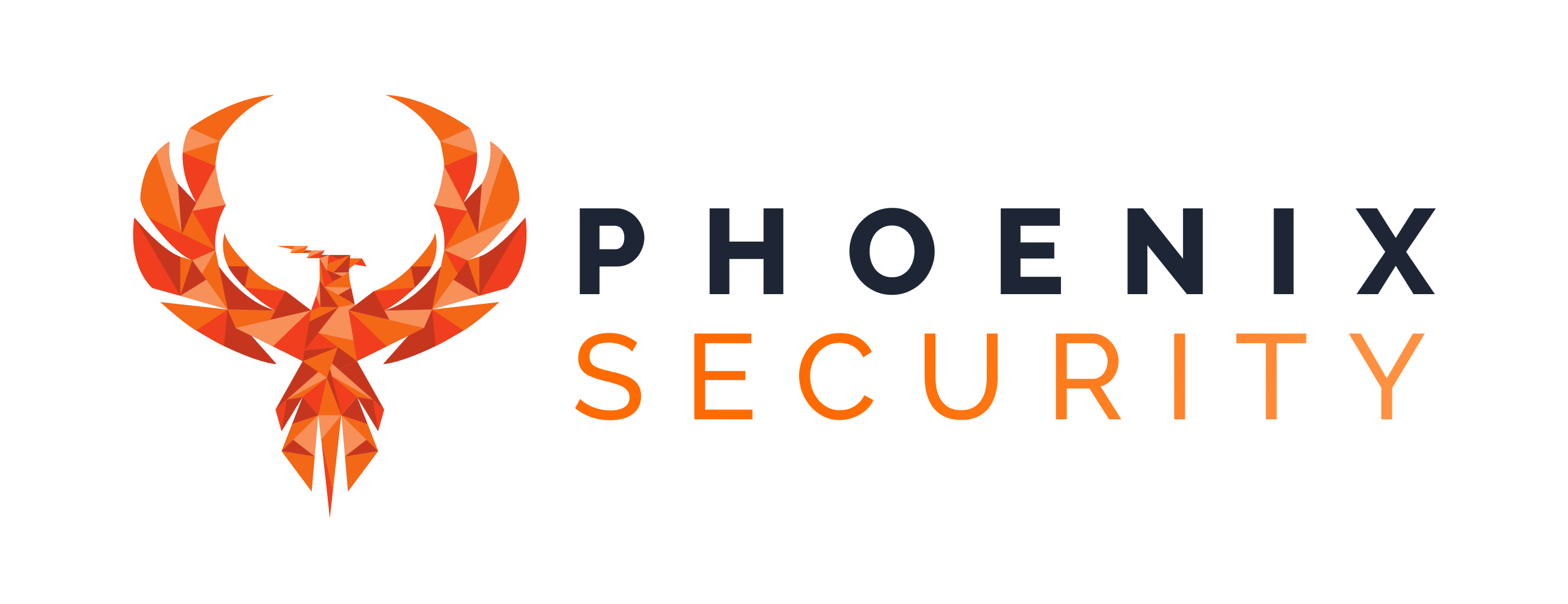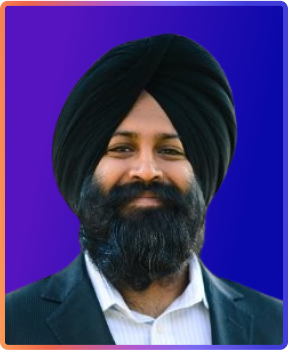The AppSec Phoenix team is pleased to bring you another batch of functional additions and improvements. This release is packed full of key additions across multiple platform areas.
We are sure that you’ll find these quite interesting!
- Explore your Assets and Posture
- New Asset Details screen
- Allow selection of App/Env by Owner/Responsible
- Add the “time” component to the Risk Target dial
- Introduce Risk Target dial to App/Env pages
- Business modelling
- Allow association of Teams to App/Env by tags
- Integrations
- Integrate with Nessus Infra
- Usability & Others
- Make Server URL optional for integrations with a common default
- Component-level Ticketing/Notification configuration for Enterprise customers
Explore your Assets and Posture
New Asset Details screen
Now you can see all the information about specific assets by using the Full Details view (accessible from the asset’s contextual menu […]).
Allow selection of App/Env by Users and Teams.
We keep looking for ways to increase productivity and user experience within AppSec Phoenix. Part of that effort is adding additional ways to filter and select Applications and Environments in the Risk Explorer – like the Users and Teams filters just released.
Add the “time” element to the Risk Target dial.
A full vulnerability resolution history allows AppSec Phoenix to calculate useful statistics, like MTTR. Now we are making that information even more useful by displaying the estimated resolution time within the “gap analysis” block in the Risk Target dial.
Introduce Risk Target dial to App/Env pages
To bring additional insights to our Risk Explorer, you can now see the “delta” between the current risk level and that target or threshold for individual Applications and Environments.
Business Modelling
Allow association of Teams to App/Env by tags.
Finding the right Application or Environment by tag is useful for association teams with those entities. But we are taking that idea to the next level and automatically assigning Apps and Envs to teams if they contain the selected tag(s).
Integrations
Nessus Infra
Users can now take advantage of the vulnerability reports created by Nessus Infra by using our native integration with the scanning platform.
Usability & Others
Make Server URL optional for integrations with a common default
When configuring scanners that have a common, well-known server URL, you can leave the URL empty and the platform would use the default one. The field is still there to support custom scenarios.
Component-level Ticketing/Notification configuration for Enterprise customers
Our Enterprise Licence customers can define ticketing and notification integrations for individual Components (Apps) and Services (Envs). This allows for handling exceptions where a particular component needs to integrate with channels that are different from its parent Application or Environment.














